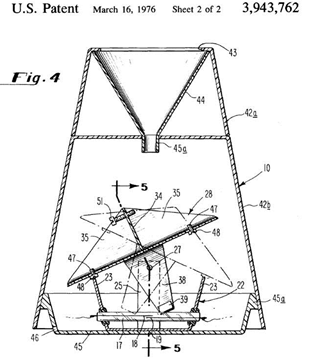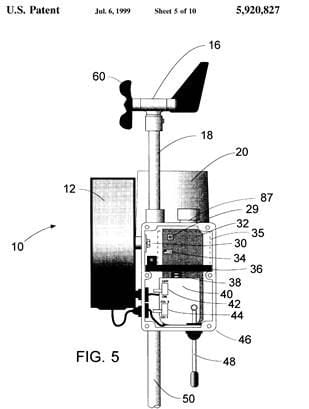By Dan Olmstead and Tim Weigle
eNEWA is a daily email notification system that provides summarized weather, disease and insect model information based on NEWA tools and resources found at http://newa.cornell.edu. Read this article to learn more.
Daily eNEWA summaries contain current weather and grape pest model information from one or more NEWA stations of your choice, delivered at times of your choice. Each eNEWA notification contains the following information:
- High, low and average temperature, rainfall, wind speed, and relative humidity
- 5-day Base 50F GDD forecast
- 5-day Base 50F BE GDD forecast
- Past and current results for powdery mildew, black rot, Phomopsis, and grape berry moth.
eNEWA is a convenient way to get a quick overview of pest potentials for your vineyard operation without clicking through the NEWA website every day. eNEWA is not meant to replace the NEWA website, but it does provide a quick and easy way to know if you need to visit http://newa.cornell.edu/ for a closer look. For example, if eNEWA reports a potential infection event for one of the grape disease models you can visit the model on NEWA to get additional management information specific to your site.
Sign up for eNEWA
Visit the eNEWA registration page to sign up for a free 2019 subscription. You can choose up to five locations in NY or PA and up to 3 daily email delivery times. Contact the NEWA Help Desk if you have sign up questions.
Things to know when signing up for eNEWA
- eNEWA notifications will start shortly after the growing season begins.
- An eNEWA email notification is approximately 3 pages in length for each location chosen.
Once during the growing season and again after harvest, you will be asked to complete a short survey to assist NYSIPM, LERGP, and Cornell Cooperative Extension improve the eNEWA notification system.

